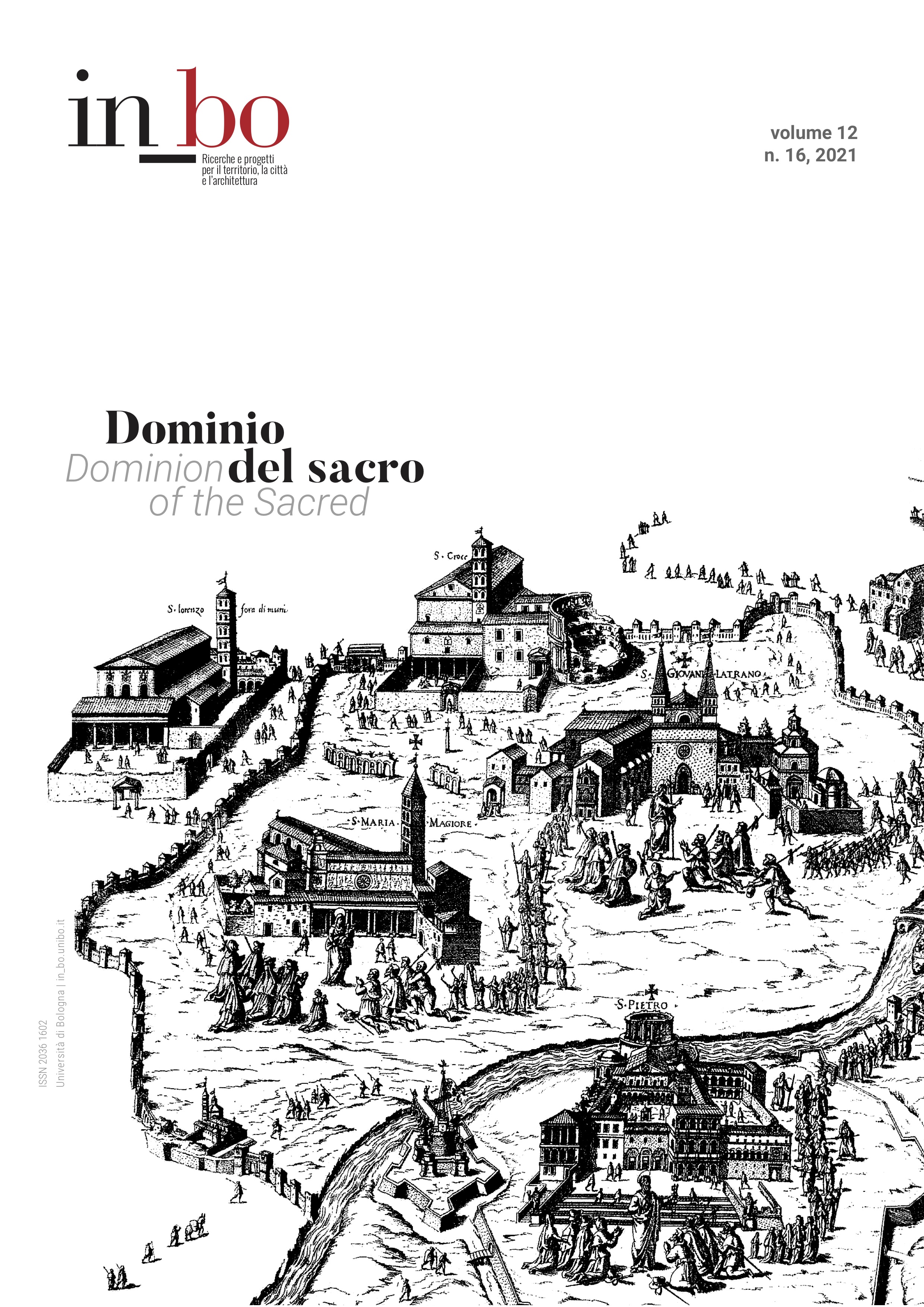Vol. 12 No. 16 (2021): Dominion of the Sacred: Image, Cartography, Knowledge of the City after the Council of Trent

Edited by Mario Bevilacqua (Università degli Studi di Firenze) e Marco Folin (Università di Genova).
Between the sixteenth and seventeenth centuries, the Italian political geography was polarized by a number of cities of different sizes and traditions: Rome and Florence, Milan and Naples, Genoa and Venice, Turin and Modena, either ancient republics or new dynastic capitals, satellites of the great European monarchies or small Signorias. The conjunction — less frequently the conflict — between the mandates of the Council of Trent and the interests of the ruling élites of those cities set the foundation for novel forms of social, cultural and spiritual control, fostering new urban structures and policies, deeply conditioned by the presence and government of the sacred. Prominent issues at the time were the widespread presence of male religious orders and cloistered female orders, the renewed role played by the residing diocesan curias, the parishes with their activities of social recording and control, the stabilization of the confraternities, the construction of places of worship, and the emergence of devotional practices.




